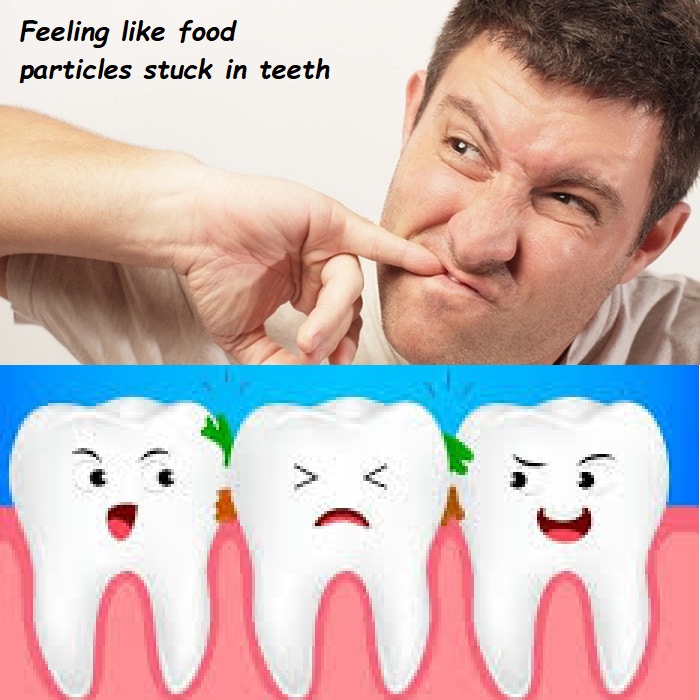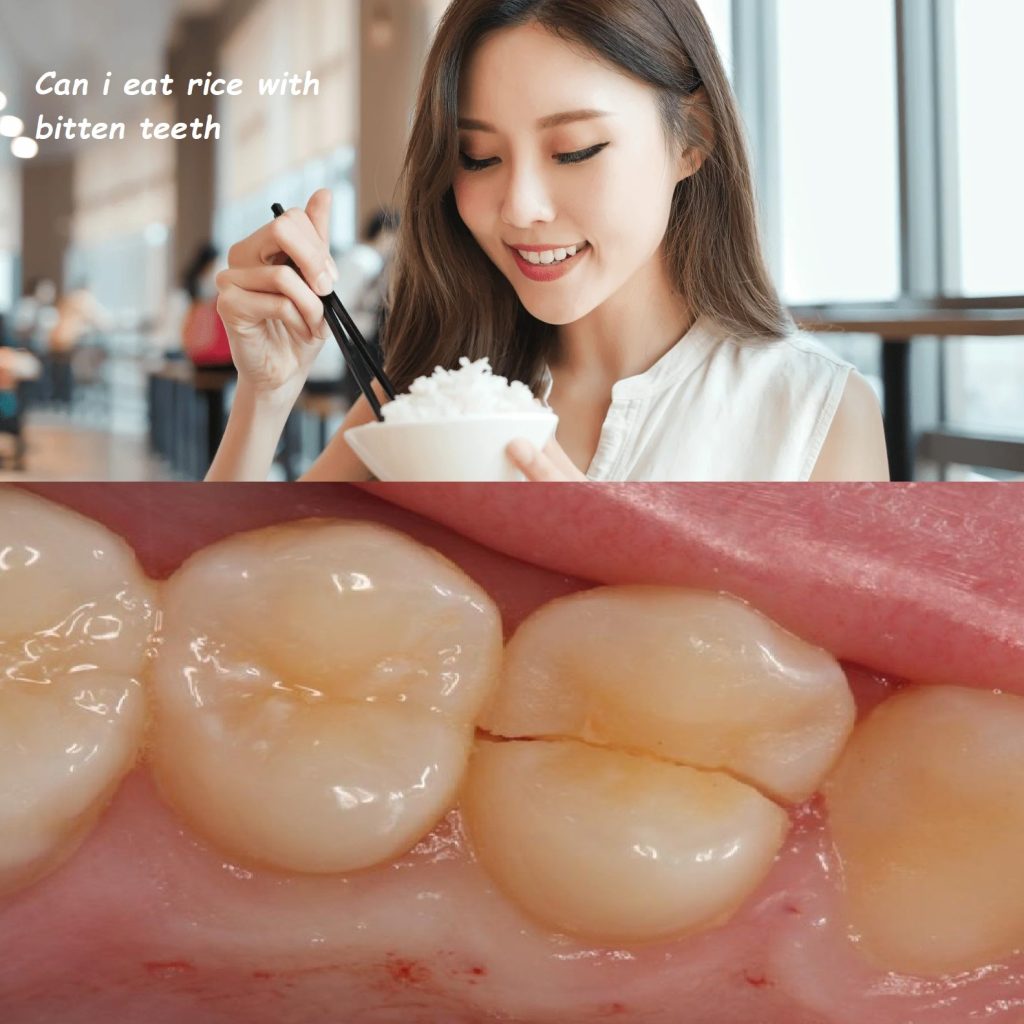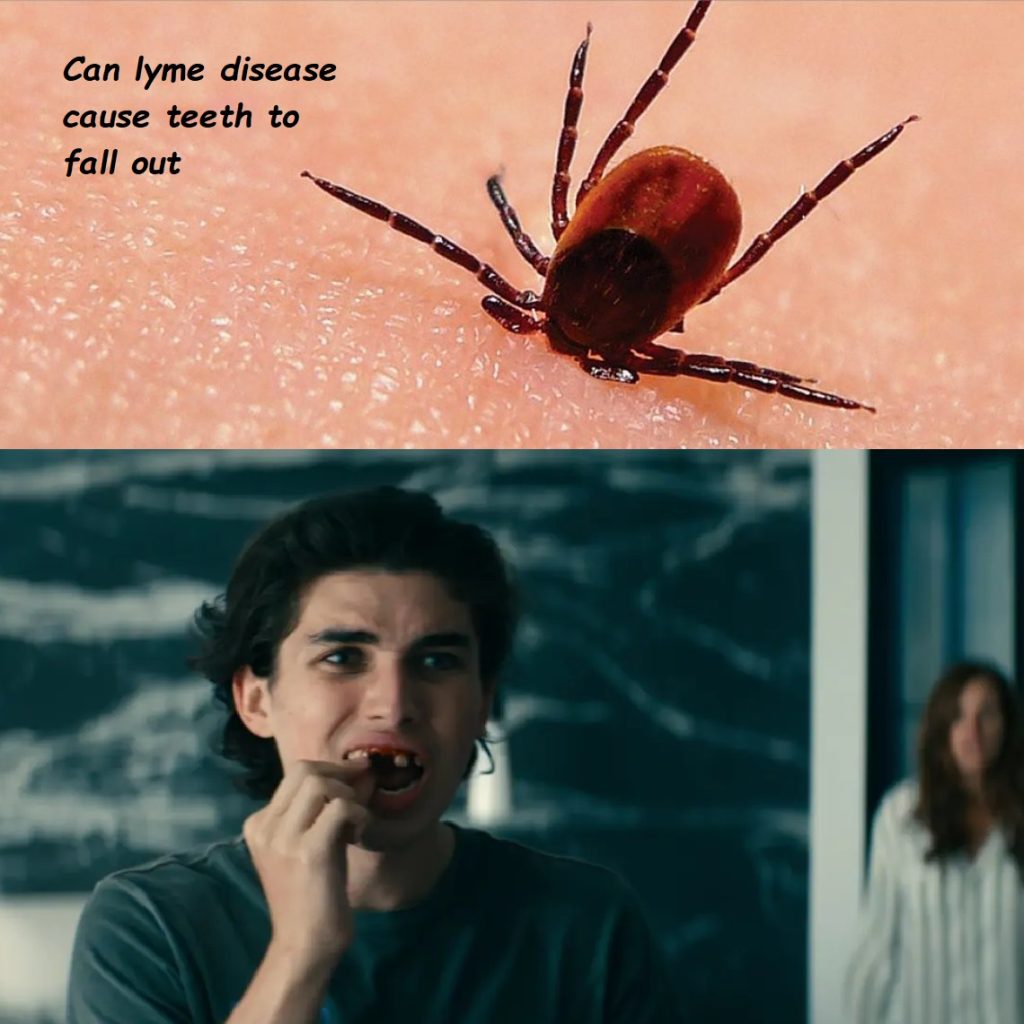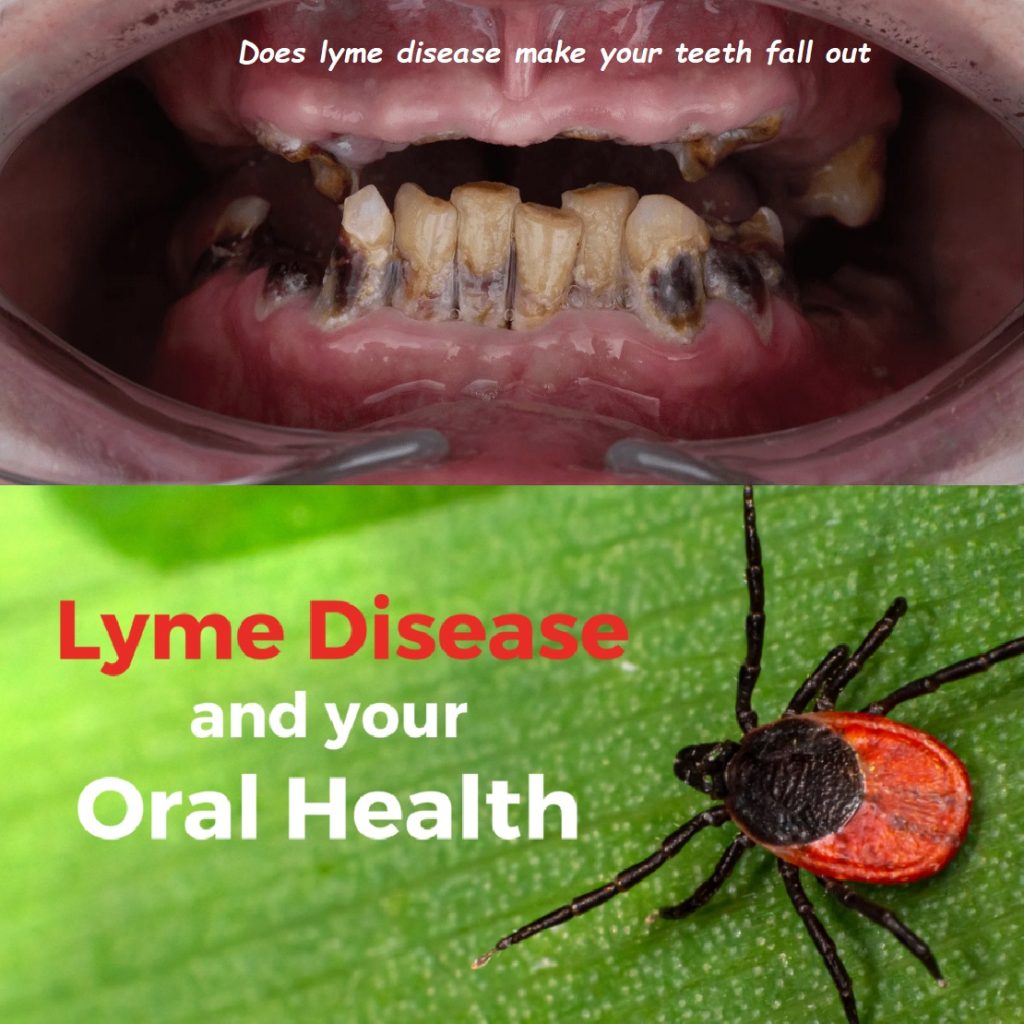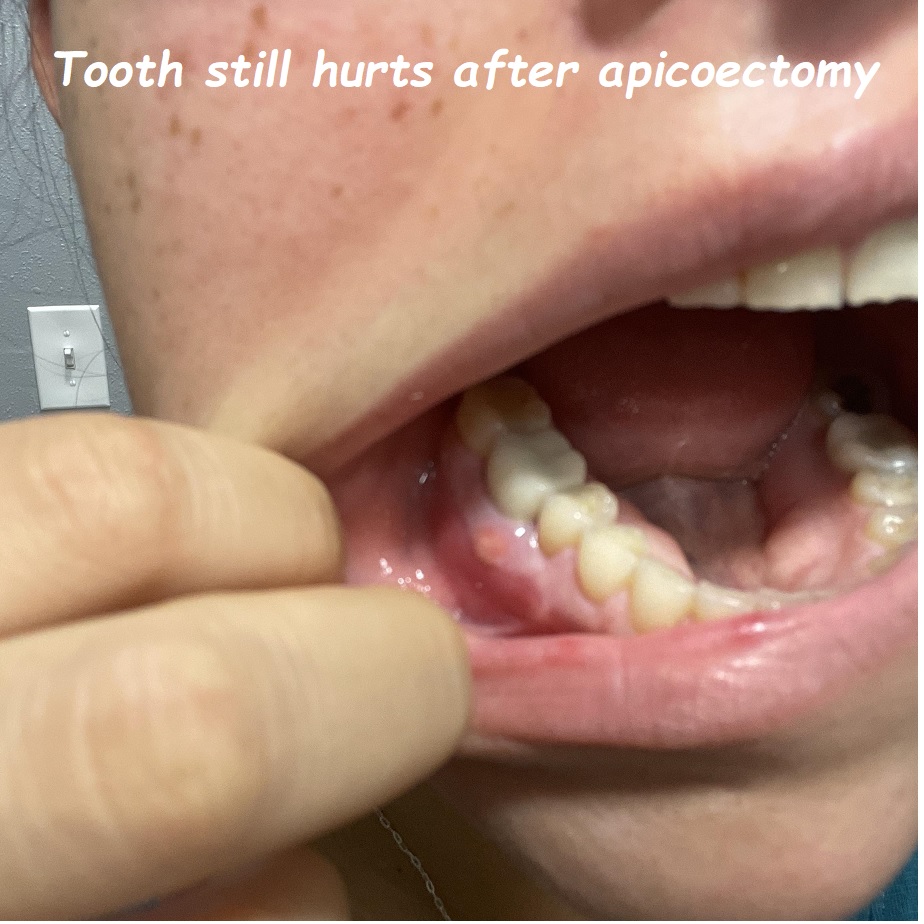decayed tooth fell out adults
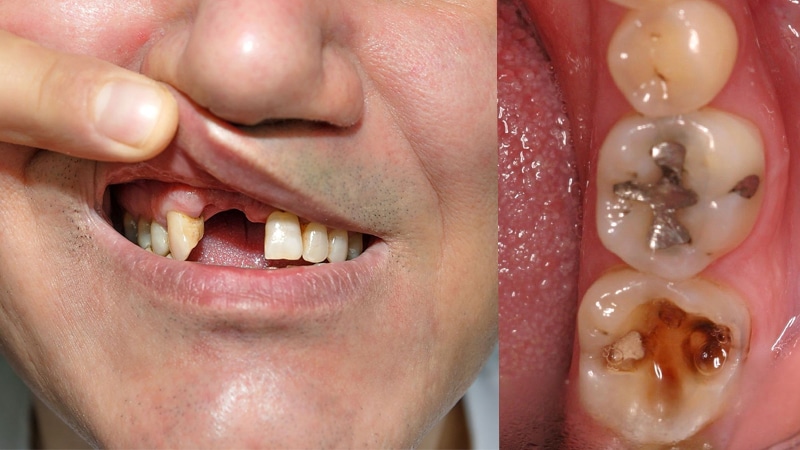
Decayed Tooth Fell Out in Adults: Causes, Symptoms, Treatment, and Prevention
Tooth decay is a prevalent dental issue that affects many adults. Left untreated can lead to severe complications, including the tooth falling out. This comprehensive guide delves into the causes, symptoms, treatment options, and preventive measures for a decayed tooth falling out in adults. Understanding these aspects can help you maintain better oral health and prevent tooth loss.
Understanding Tooth Decay
What is Tooth Decay?
Tooth decay, also known as dental caries or cavities, is the destruction of the tooth’s enamel, the hard outer layer, caused by acids produced by bacteria in the mouth. When food particles, especially sugars and starches, remain on the teeth, bacteria feed on them and produce acids. These acids can erode the enamel, leading to cavities.
Stages of Tooth Decay
- Initial Demineralization: The first stage of tooth decay involves the loss of minerals from the enamel due to acid exposure.
- Enamel Decay: As demineralization continues, the enamel breaks down, forming cavities.
- Dentin Decay: If untreated, decay progresses to the dentin, the layer beneath the enamel, which is softer and more susceptible to damage.
- Pulp Damage: The decay can reach the pulp, the innermost part of the tooth containing nerves and blood vessels, causing pain and infection.
- Abscess Formation: In severe cases, an abscess, a pocket of pus, can form at the tooth’s root, leading to significant pain and swelling.
- Tooth Loss: If the decay is not treated, the tooth can become so damaged that it falls out.
Causes of Tooth Decay in Adults
Poor Oral Hygiene
Inadequate brushing and flossing allow plaque, a sticky film of bacteria, to build up on the teeth. Plaque produces acids that attack the enamel, leading to decay.
Diet
A diet high in sugars and starches feeds the bacteria in the mouth, increasing acid production and the risk of cavities. Frequent snacking or sipping sugary drinks can expose your teeth to constant acid attacks.
Dry Mouth
Saliva helps wash away food particles and neutralize acids. Conditions that reduce saliva production, such as certain medications or illnesses, can increase the risk of tooth decay.
Smoking and Tobacco Use
Tobacco use can contribute to gum disease and tooth decay. Smoking reduces blood flow to the gums, impairing healing and promoting bacterial growth.
Lack of Fluoride
Fluoride strengthens tooth enamel and makes it more resistant to decay. Drinking water that lacks fluoride or using non-fluoridated dental products can increase the risk of cavities.
Genetics
Some individuals may be genetically predisposed to weaker enamel or other dental issues that make them more susceptible to tooth decay.
Symptoms of a Decayed Tooth
Recognizing the symptoms of a decayed tooth can help you seek treatment before the tooth falls out. Common symptoms include:
Toothache
Pain in the tooth, ranging from mild to severe, is a common sign of decay. The pain may be constant or triggered by eating, drinking, or temperature changes.
Sensitivity
Increased sensitivity to hot, cold, sweet, or acidic foods and drinks is another indicator of tooth decay. The affected tooth may feel tender or painful.
Visible Holes or Pits
Cavities can create visible holes or pits in the teeth. These may be noticeable during brushing or flossing.
Discoloration
Decayed teeth may appear discolored, ranging from white spots in the early stages to brown or black areas in more advanced decay.
Bad Breath
Persistent bad breath or a bad taste in the mouth can result from decay and bacterial activity.
Swelling or Abscess
Swelling, redness, and pus around the affected tooth indicate an infection or abscess, a severe complication of untreated decay.
Tooth Mobility
A decayed tooth may become loose and eventually fall out if the surrounding bone and tissues are damaged.
What to Do If a Decayed Tooth Falls Out
If a decayed tooth falls out, immediate action is important to manage the situation and prevent further complications.
Save the Tooth (If Possible)
If the tooth is still intact, gently rinse it with water to remove dirt or debris. Avoid scrubbing or touching the root. Place the tooth in a milk container or saline solution and see a dentist as soon as possible.
Manage Pain and Discomfort
Over-the-counter pain relievers, such as ibuprofen or acetaminophen, can help manage pain and reduce inflammation. Applying a cold compress to the outside of the mouth can also alleviate discomfort.
Rinse Your Mouth
Rinse your mouth with warm salt water to clean the area and reduce the risk of infection. Avoid using mouthwash with alcohol, as it can irritate the tissues.
Avoid Hard Foods
Stick to soft foods and avoid chewing on the side of the mouth where the tooth fell out. This can prevent further damage and discomfort.
See a Dentist Immediately
It’s crucial to see a dentist as soon as possible for evaluation and treatment. The dentist will assess the situation, address any remaining infection, and discuss options for replacing the missing tooth.
Treatment Options for Tooth Decay
The treatment for tooth decay depends on the stage of the decay and the condition of the tooth. Common treatment options include:
Fillings
A dentist can remove the decayed material for early-stage cavities and fill the cavity with a dental filling. Fillings can be made of materials such as amalgam, composite resin, gold, or porcelain.
Crowns
If the decay is extensive and has weakened the tooth, a crown (a cap that covers the entire tooth) may be necessary. Crowns restore the tooth’s shape, size, and strength.
Root Canals
When decay reaches the pulp, a root canal may be required to remove the infected tissue and seal the tooth. This procedure can save a severely decayed tooth from extraction.
Extractions
In cases where the tooth is too damaged to be saved, extraction may be necessary. After extraction, options for replacing the missing tooth include dental implants, bridges, or dentures.
Antibiotics
If there is an infection, the dentist may prescribe antibiotics to eliminate the bacteria and prevent the infection from spreading.
Replacing a Missing Tooth
After a tooth falls out, replacing it is essential to restore function and prevent further dental issues. Options for replacing a missing tooth include:
Dental Implants
Dental implants are artificial tooth roots made of titanium that are surgically placed into the jawbone. They provide a strong foundation for a replacement tooth (crown) and can last a lifetime with proper care.
Dental Bridges
A dental bridge consists of one or more artificial teeth anchored to adjacent natural teeth or implants. Bridges can fill the gap left by a missing tooth and restore your smile.
Partial Dentures
Partial dentures are removable appliances that replace one or more missing teeth. They are custom-made to fit your mouth and can improve chewing and speaking.
Complete Dentures
Complete dentures are used when all the teeth in the upper or lower jaw are missing. They are removable and can be designed to look natural and fit comfortably.
Prevention of Tooth Decay and Tooth Loss
Preventing tooth decay and subsequent loss requires consistent oral hygiene and regular dental visits. Here are some key preventive measures:
Brush and Floss Regularly
Brush your teeth at least twice daily with fluoride toothpaste and floss daily to remove plaque and food particles from between your teeth and the gum line.
Use Fluoride
Fluoride strengthens enamel and helps prevent decay. If your dentist recommends it, use fluoridated toothpaste, drink fluoridated water, and consider professional fluoride treatments.
Maintain a Healthy Diet
Limit sugary and starchy foods and beverages, as they contribute to plaque formation and acid production. Eat a balanced diet rich in fruits, vegetables, lean proteins, and dairy products to support overall oral health.
Regular Dental Checkups
Visit your dentist regularly for checkups and professional cleanings. Regular dental visits can help detect and address early signs of decay before they progress.
Sealants
Dental sealants are protective coatings applied to the chewing surfaces of molars to prevent decay. They are especially beneficial for children but can also be used in adults at risk of cavities.
Avoid Tobacco
Quit smoking and avoid using tobacco products, as they increase the risk of tooth decay, gum disease, and oral cancer.
Stay Hydrated
Drink plenty of water to help rinse away food particles and bacteria. Staying hydrated also supports saliva production, which is crucial for maintaining oral health.
Conclusion
Tooth decay is a significant dental issue that can lead to tooth loss if not addressed promptly. Recognizing the causes, symptoms, and treatment options for tooth decay can help you take proactive steps to maintain your oral health. If a decayed tooth falls out, seeking immediate dental care to manage the situation and explore options for replacing the missing tooth is essential. By following preventive measures, such as maintaining good oral hygiene, eating a balanced diet, and visiting your dentist regularly, you can reduce the risk of tooth decay and enjoy a healthy, beautiful smile.
Remember, taking care of your teeth is a lifelong commitment. Stay informed, practice good oral hygiene, and seek professional dental care to effectively prevent and address tooth decay.



